Ian the Atlas robot was created by Google’s Boston Dynamics is a 6’2” robot that was developed with higher goals. A recent video shows the robot helping around the house. The robot competed in the US Military’s ‘Robot Olympics’ and is capable of hovering, sweeping and throwing a paper plane into the trash. The upgrade was revealed in a video by the research team in Florida.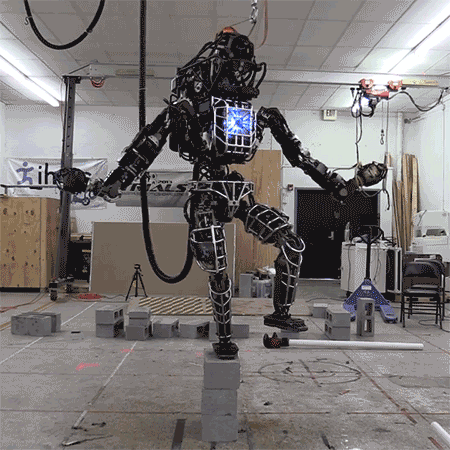
The video has been titled as ‘Atlas robot at IHMC demonstrating whole-body coordinated motions’. The team, however, has stated that the video was created as a joke only to show off the test code that team came up with. John Carff, ATLAS robot operator at IHMC said, “Atlas needs to be run often to make sure that code updates don’t break anything, and running the same tasks over and over again gets boring. Most of the stuff in this video is controlled by me, but in a co-active way. I’m not simply sitting there with a joystick tele-operating the robot: I tell the robot through the UI that I want to grab a bottle off the table by clicking the bottle and making sure that the resulting hand is in the correct place. Then, the robot tells me how it’s going to move its entire body to reach that location, through a preview in the UI. If I’m okay with the plan the robot has come up with, I tell it to execute that motion. In the future, I can see a lot of what was done in this video moving more to the autonomous side, but I always see there being a human in the loop.”
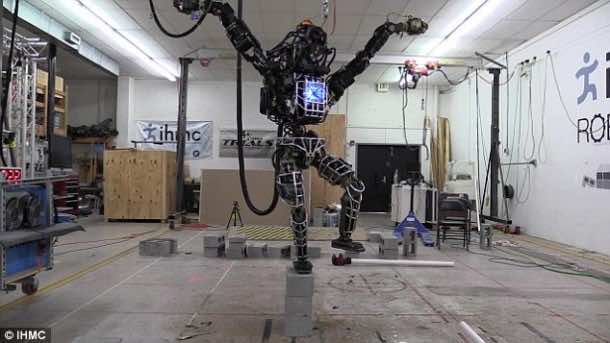
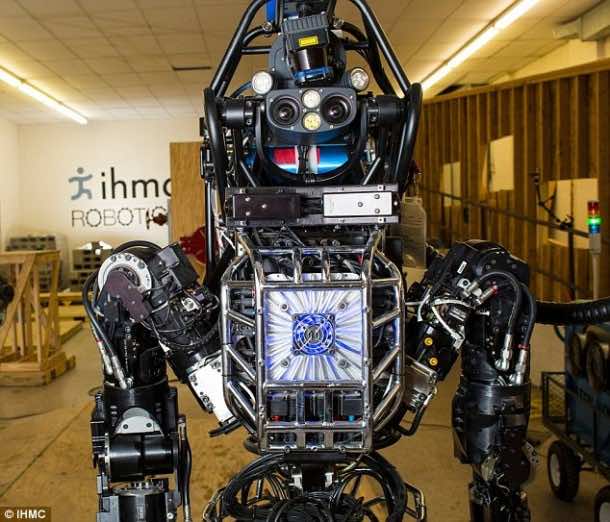
The robot weighs in at 330lb and features 28 hydraulically actuated joints and stereo vision – rendering it as one of the most advanced robots to have been created so far. The software that has been coded by the Florida Institute for Human and Machine Interaction allows the robot to drive a car as well. The team said, “To achieve this level of maneuverability in robots, researchers at IHMC look toward nature. Inspired by the speed of cheetahs, the endurance of horses, the maneuverability of monkeys, and the versatility of humans, IHMC researchers are on a quest to develop legged robots that are fast, efficient, and graceful, with the mobility required to access many of the same places that humans can.”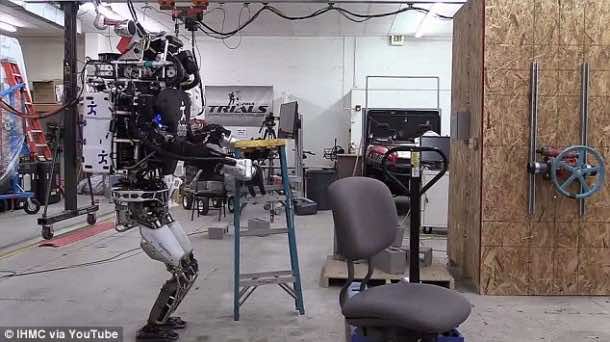
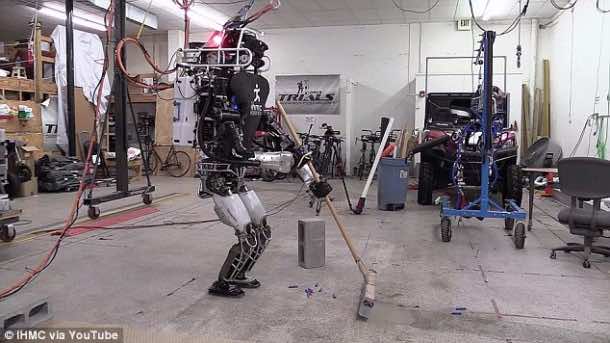
Ian secured the second place at the US Government’s Robot Olympics although competing as a virtual software simulation. Despite the missing limbs, it was able to ‘walk, carry a fire hose and, most impressively, get in a car and drive it.’
Boston Dynamics say that the robot is a humanoid robot that has been designed in order to negotiate outdoor terrain. It further said, “Atlas can walk bipedally leaving the upper limbs free to lift, carry, and manipulate the environment. In extremely challenging terrain, Atlas is strong and coordinated enough to climb using hands and feet, to pick its way through congested spaces. Articulated, sensate hands will enable Atlas to use tools designed for human use. Atlas includes 28 hydraulically-actuated degrees of freedom, two hands, arms, legs, feet and a torso. An articulated sensor head includes stereo cameras and a laser range finder.”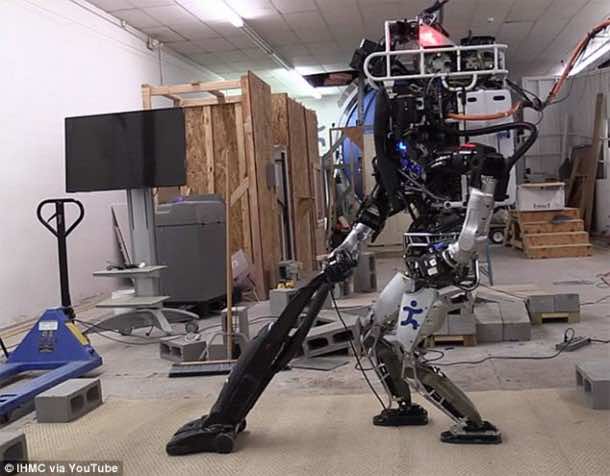
It is powered using an electric power supply that is off-board via a flexible tether. However, the team is working on a new version and promises to remove this in the upgraded version.


